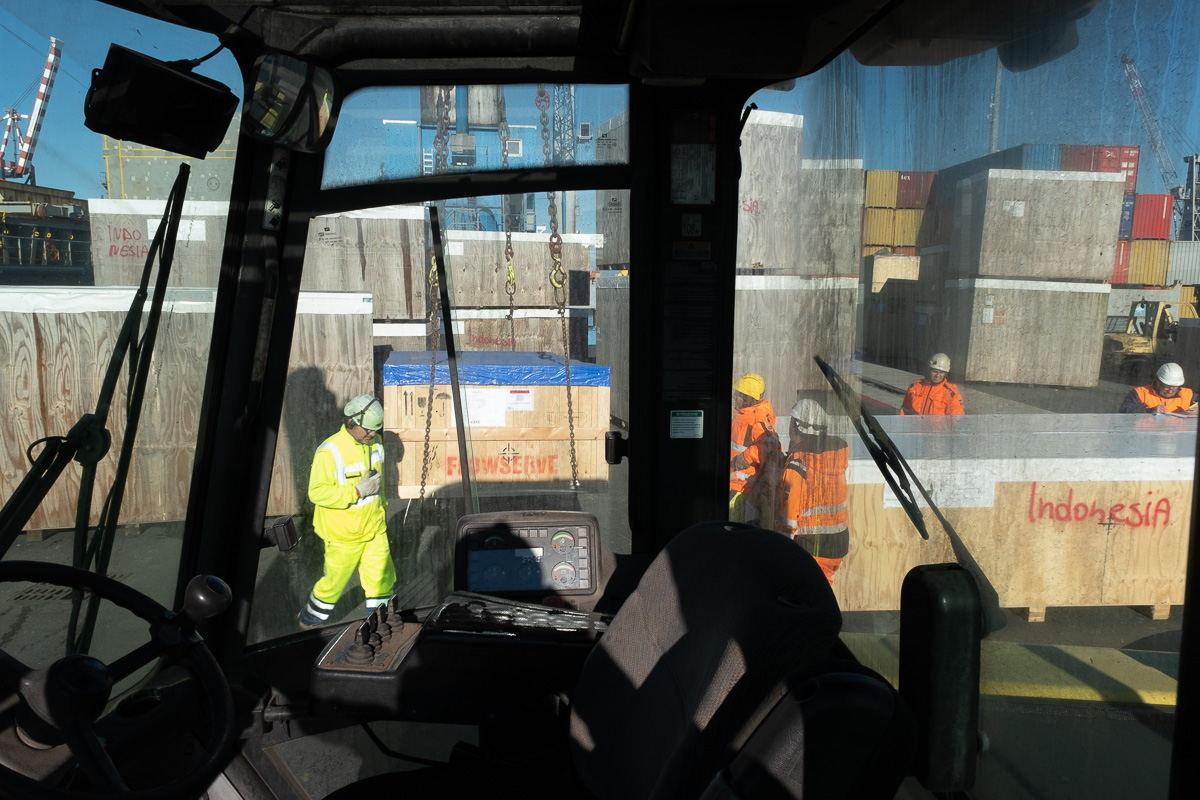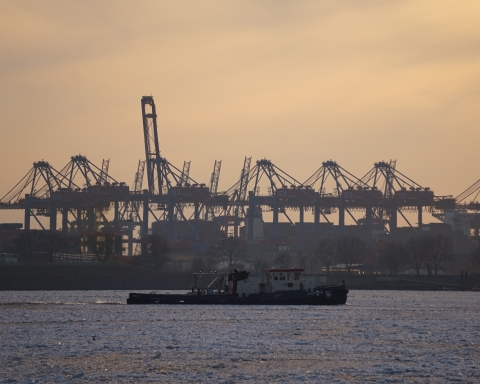The ‘pink port’ mission is still feasible but there is a long way to go. Compared to the total number of working women, who represent, on average, over 42% of the country’s employees, the percentage in maritime port industry continues to be particularly low.
The daunting men-to-women workforce ratio is one-to-ten in North Tyrrhenian ports (Livorno, Piombino, Portoferraio, Rio Marina, Cavo, Capraia Island)
In fact, there are only 174 women out of a total of 1750 workers, i.e. just under 10% according to the June 2024 data published by the North Tyrrhenian Port Network Authority’s Equal Opportunity Committee in the first issue of its new newsletter. The Committee was set up last July with the aim of promoting and guaranteeing equal opportunities, organizational well-being and non-discrimination in the workplace.
Its analysis leaves no room for doubt: there is still a significant lack of women in the sector.
The male majority is still significant in each of the following North Tyrrhenian port categories: port operators and services, terminal operator personnel and temporary manpower.
61 women out of a total of 626 are employed in companies authorized to carry out port operations and services. 100 women out of a total of 892 work for terminal operators, while 13 women out of a total of 58 are employed by the temporary port manpower agency.
Ensuring there are more women in managerial and operational positions in the port context is going to be very challenging.
In an interview published in the newsletter PNA President Luciano Guerrieri said “the traditionally male-dominated port environment presents particular obstacles due to historical, cultural, structural and practical factors. In the port sector, female role models are hard to find: the lack of women in leadership positions makes it difficult for new generations of female workers to see the port industry as a welcoming environment with career opportunities.
According to Mr. Guerrieri, the evolution of the port of Livorno in terms of gender equality over the next five to ten years will depend on the adoption and consolidation of strategic policies, including both structural measures and cultural changes inside the Port Network Authority itself and at port community level.
Extensive training on gender equity, upgrading workspaces, adjusting work shifts and raising safety levels in the workplace are all feasible objectives to help achieve gender equality.
“Overcoming these challenges requires a joint commitment by institutions, trade unions, port companies and communities, to create a port sector that is fairer and more open to everybody, and capable of making the most of women’s skills and talent at all levels,” President Guerrieri concludes.
Translation by Giles Foster




